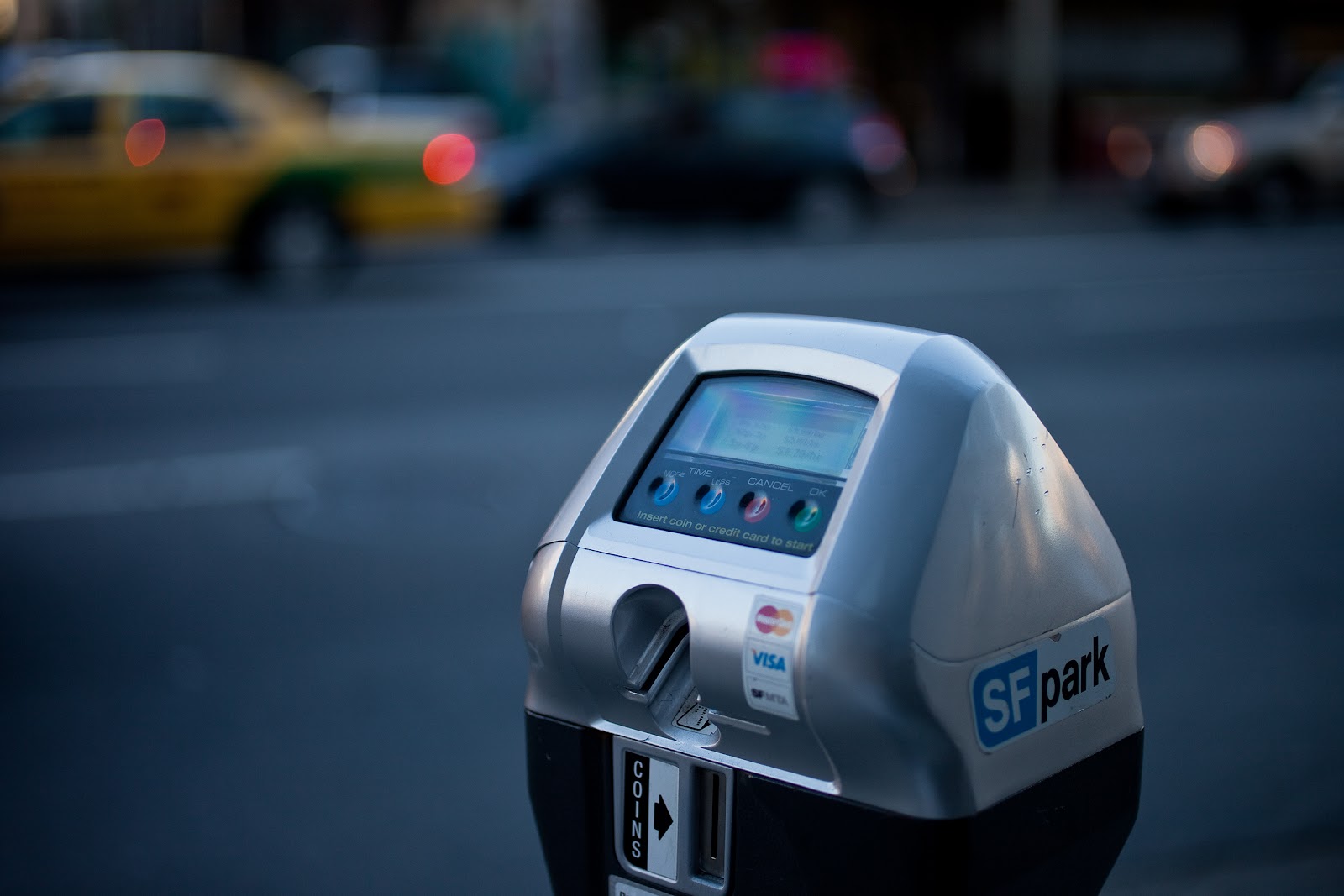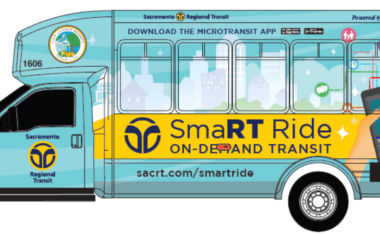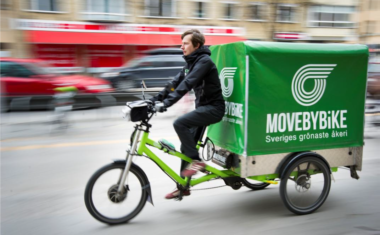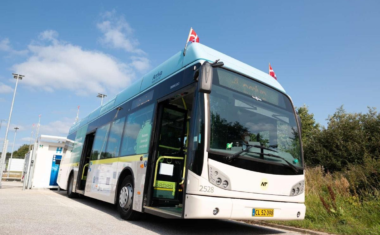SFpark
- 6
- 4 min to read

About the city. Having an environment concentrated on technologies, the city of San Francisco believes in diverting the role of tech services for improving people’s quality of life.
Goal
The aim of SFpark to use new technologies and policies to improve parking in San Francisco, to reduce traffic, time and fuel wasted by drivers while looking for a parking space and reduce carbon emissions.
Implementation period. The program was launched in July 2010.
Fact
Though there are a lot of people in San Francisco who rely mostly on public transport, walking, vehicle sharing and bicycling, still more than 35% of citizens commute through the cars they own. Today traffic congestion and increased car population is a matter of concern.
Solutions
SFpark is a San Francisco city’s system for administering accessibility both on and off the street parking. The program uses smart parking meters that change their prices depending on the location, time of day, and day of the week, in order to save about 15% of available space in any given block.
Parking usage is monitored via wireless sensors placed in the asphalt, the availability of the parking places and prices can be checked via SFpark.org, iPhone and Android apps (SFpark apps currently are not available). In addition to the on-street parking, fourteen city-owned garages are included in the program.
Challenges
The SFpark iOS and Android apps have been stopped in 2017. SFMTA is currently looking for new options with private-sector technology partners to provide real-time parking pricing information.
Team
The San Francisco Municipal Transportation Agency (SFMTA), Federal Highway Administration funding
Timeline
- By December 2012, average hourly parking rates had dropped from $2.73 to $2.59, SFMTA’s revenue from parking citations dropped from 45% to 20% of total parking revenue, and 6% of the new meters charged 25¢ an hour.
- A study conducted in March 2014 found that SFpark met its occupancy goal by 60-80%, and the process of finding a parking space was reduced by 50%.
- A 2016 economic study revealed the positive benefit of the SFpark Project: subsequent price changes squeeze more blocks into the target occupancy range of 60–80%, reducing the number of blocks with very high or very low occupancy rates.
- At the beginning of 2018, The SFpark program was spread to the entire city’s 28,000 parking meters, from the pilot’s 7,000 metres.
- SFpark has led to a 30% reduction in greenhouse gas emissions and vehicle miles travelled in neighbourhoods.
If you notice an error or inaccuracy in our editorials, please email [email protected] so we can look into it.






